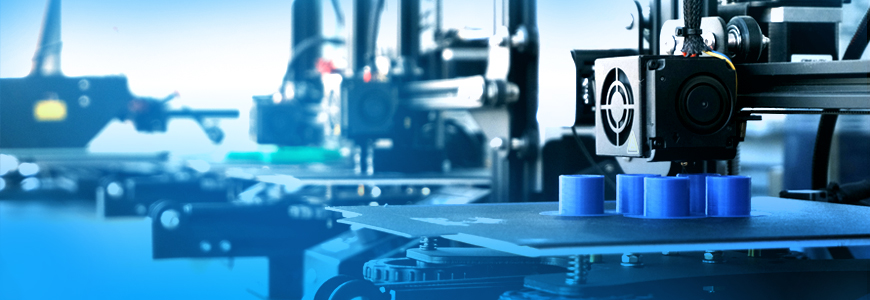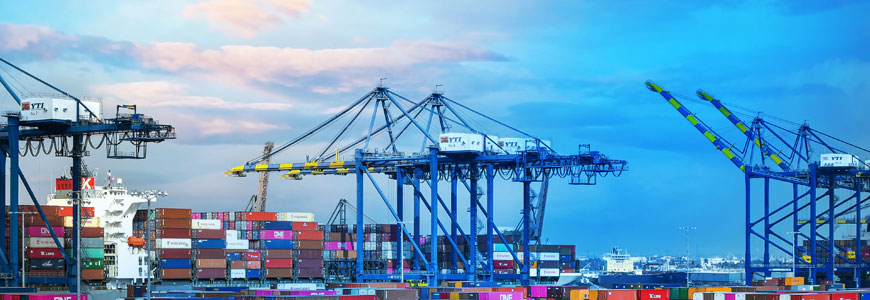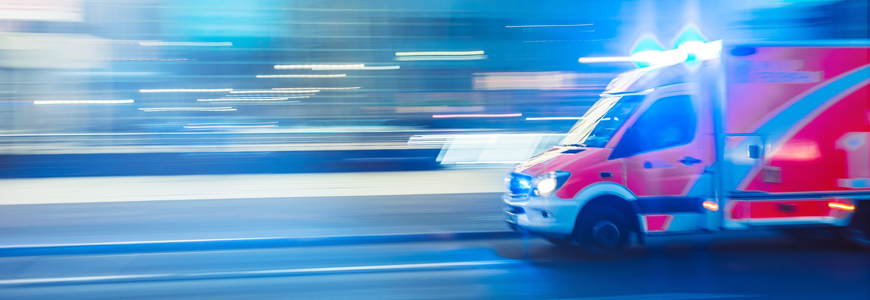IoT - Internet of Things

What is IoT?
The terminus Internet of Things refers to the increasing networking of physical objects that are connected with each other and with the internet and are able to exchange data. These “things” reach from simple household appliances to high complex industrial machines. Connected devices use implemented sensors to collect and exchange data with other devices and systems via the internet, whereas reactions can be triggered.
Content
Short history of IoT
The concept of connected devices itself is quite old. Already in the end of the 1830s years when the first electrical telegraphs were developed, machines began to communicate with each other. The first Smart Appliance in the before-internet-era is considered to be a drinks dispenser in the year 1982. At the Carnegie Mellon University, it was modified in a way the students could, via the local ethernet of the university, get the information which drinks were in stock and if the appropriate drink was cooled.
One of the most important precondition for the development of the actual IoT was the invention of the World Wide Web 1989 by the British scientist Tim Berners-Lee who had been driven by the desire to make it easier to exchange information. The first Internet of Things device is considered to be a toaster which could be switched on and off online.

Then, in 1999, the terminus “Internet of Things” was firstly spoken out. Kevin Ashton, entrepreneur and co-founder of the Auto-ID Center at the MIT and expert for sensor and identifications technology, denoted passive RFID tags in this way. The IoT as a technological infra structure started to develop itself in the 2000s years. Already in 2000, LG presented a smart refrigerator which could inform its owner as soon as food supplies ran low.
What is the importance of IoT?
A simple example of IoT: A sensor, mounted in a Smart Home element, measures the temperature outside and then regulates the heating higher. In the evening, the homeowner comes home to a pleasantly tempered house without having to actively intervene.
Within only few years, the Internet of Things has developed to the most important technology of the 21 century. It enables a seamless communication between persons, physical things and processes. In the meantime, we can connect a large number of daily things via implemented devices with the internet, for example cars, household devices or also the babyphone. It is estimated that already in 2018 there were 7 billion IoT devices worldwide. The prognoses for the future vary very strong, depending on the study. In 2025, there are expected to be 25, 75 or even 200 billion IoT devices worldwide. (Sources: Techjury and Infineon)

Thanks to huge data pools (Cloud, Big Data) and mobile technologies, devices can steadily collect and share data without the need of participation of a human being. Every interaction can be recorded, monitored and adjusted. IoT can facilitate the daily life and work. It promises a lot of positive changes in areas of health, security, economic processes and industrial performance ability. There is also the hope that IoT can offer answers to global environmental and humanitarian issues.
What is Industrial Internet of Things (IIoT)?
In the industrial sector, IoT technologies are particularly applied in the instrumentation and control of sensors and devices equipped with cloud technologies. In other words, an intelligent networking of machines and processes is taking place. With IoT and the so called M2M, communication from machine to machine, enormous advantages at automatisation and controlling can be reached:
-
Improved Asset Performance Management
Thanks to analyses and Machine Learning, machine failures can be recognized in time and the machine can be maintained before the failure even occurs (= intelligent because forward-looking maintenance). -
Flexible production
The more complex a product, the more companies can be involved, contributing to the product step by step. Networked in a smart way, steps can be better adjusted and the utilisation of the machines can be planned more effectively. -
Optimised logistic
With an access to all required data, algorhytms can calculate ideal delivery ways. Intelligent networked logistic save time and resources. -
Intelligent supply chains
For example, machines can report autonomously its need for material. A smart flow of goods can avoid supply gaps. -
Efficiency increase by data analysis
Data about the process of material incoming and so on, about production and the state of a product, are conducted together and evaluated. This is how clues emerge, for example, to optimize the production.

When information technology moved into companies in the 1970s, the computer was the central technology. With desktop PCs, office IT and the first PC controlled automatisations, the industry was revolutionised. The Industrial IoT is also called Industry 4.0 or the Fourth Wave of Industrial Revolution. Now, the internet is the central technology. It enables an increasing networking worldwide across company and country borders. With IoT, M2M communication and production places getting smarter, the industry is going to revolutionised again.
Which sectors are using IoT?
Retail
IoT can conduct data together, analysis and marketing processes across company locations. So the management of the stock can be facilitated, the supply chain optimised, the customer satisfaction improved and, not at least, a decrease of the operating costs can be reached. An intelligent shelf, for example, is equipped with weight sensors and collects RFID based data, that can trigger alert before the shelf is empty.
Production
IoT enables a good view of production, process and product data as a whole and its mutual dependence and allows optimisation in many respects, see above Industrial Internet of Things
Transport und logistics
Generally, IoT can improve efficiency and reliability and so the service quality, reduce downtimes and all in all can make the customer satisfaction higher. Thanks to IoT sensor data, trucks, ships, trains and so on can be coordinated and, for example, rerouted depending on weather conditions, vehicle or driver availability and traffic situation.

The goods itself, if equipped with sensors, can be managed, pursued and real-time monitored. So it is possible to protect temperature sensitive goods like medicine, food or plants, for example. Also Geofencing plays a major role in transport in general. In a sense, these are fixed "geographical fences". Car rental companies, for example, can fix in which area the car can be driven and within which borders it must be parked.
Healthcare
In hospitals or medical care centers, the intelligent facility surveillance and traceability of instruments and inventar is of great advantage. Equipped with IoT sensors, for example the next wheelchair can be quickly located if required. Beside the proper use, IoT data are also important for the financial reporting of physical values.

In addition, data collected in real time from the Internet of Medical Things (IoMT) is becoming increasingly important. So called Wearables can monitor sleep, movement and other habits of the patient. Analysed data can make diagnoses and individual treatment plans more precise.
Government and public sector
IoT data can be used, for example by public utilities, to inform customers about breakdowns or disruptions of the electricity or water supply. Data about the severity of a breakdown can be used to restore utility systems more quickly.

Issues like traffic overload and city traffic in general, the economic development at the municipal or state level and the public security are areas where IoT processes can offer help, relief and optimisation. Already now, IoT sensors are used in streetlights and other traffic equipment or water meters.
Cross-sector: Security
It's not just material assets that can be monitored. IoT can also improve workplace safety. Examples include power plants, chemical plants, mines, and oil and gas fields that prepare potential risks to workers. Devices equipped with sensors can warn employees in time before danger occurs. In emergency, thanks to IoT connected devices, peoples are better to find or to save. The importance of IoT in healthcare for analytics, remote monitoring and diagnostics, among others, was mentioned above.
Photo credits
